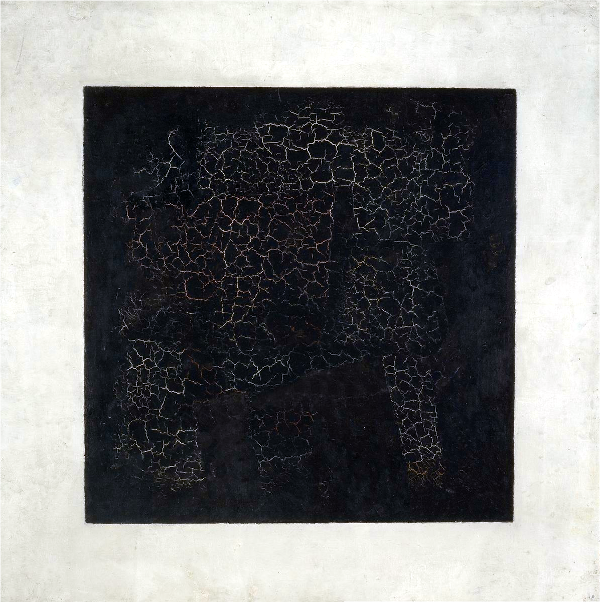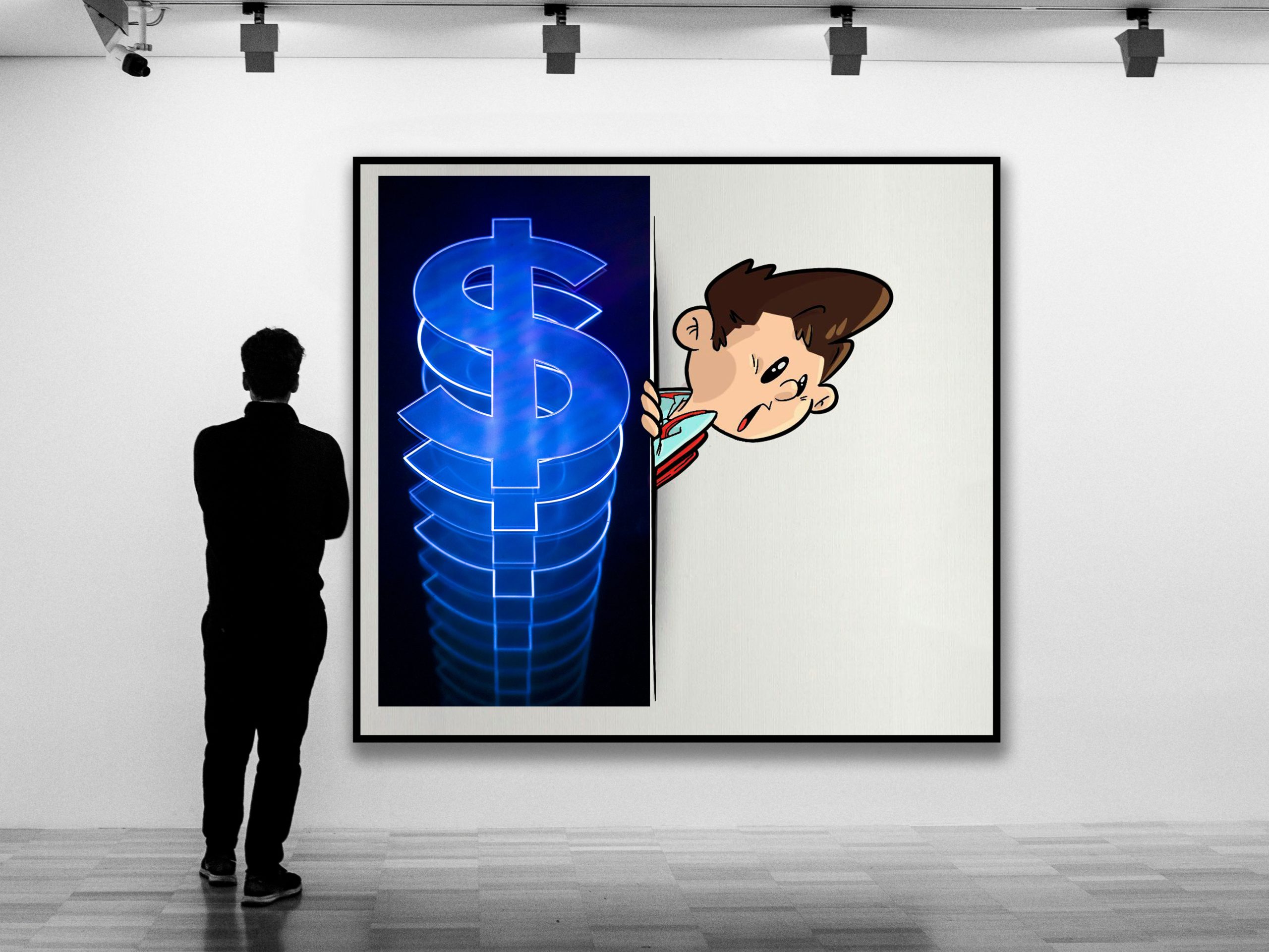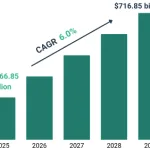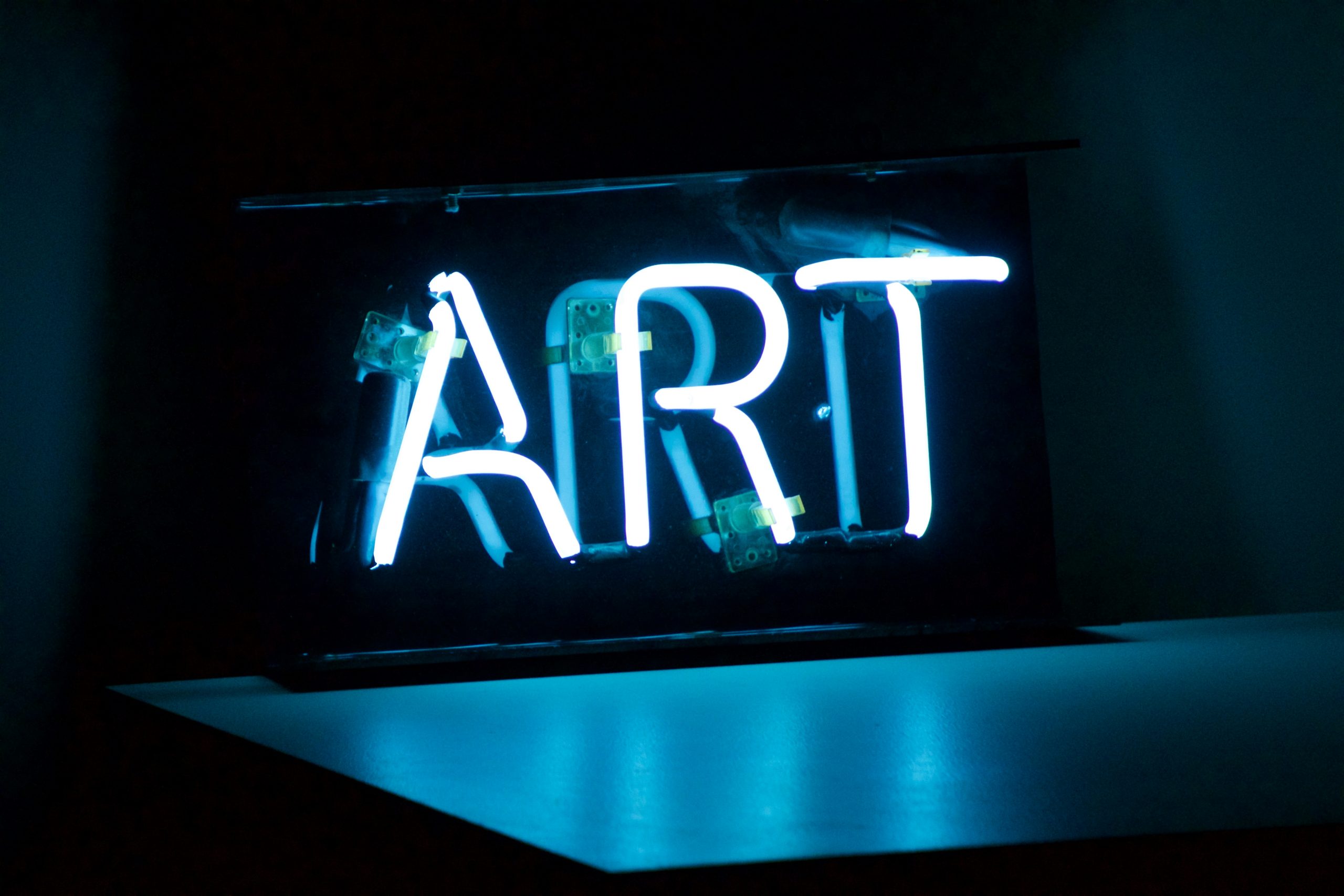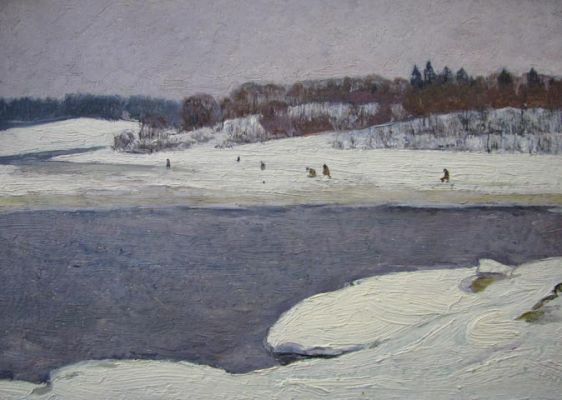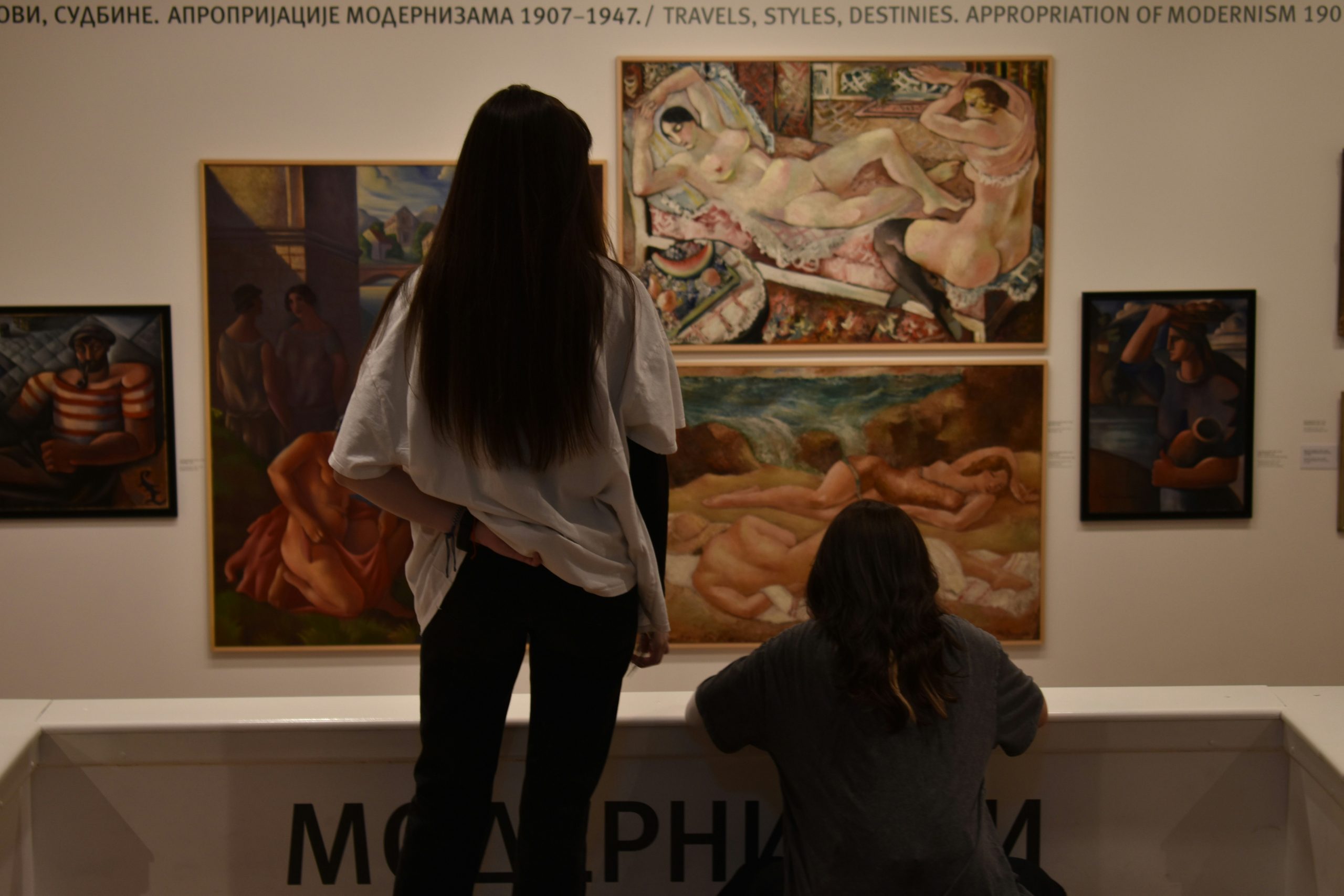
How to Verify the Provenance of Russian Art
Due Diligence in a Market Rich with History—and Complexity
The Russian art market is one of the most intriguing—and most carefully scrutinized—in the world. With masterpieces from artists like Malevich, Kandinsky, and Kljun commanding millions, provenance is not just a formality: it’s a necessity.
So, how do seasoned collectors verify that a work is the real thing?
1. Start with Documentation, Not Assumptions
A serious seller provides a chain of ownership. This includes previous auction records, gallery sales, exhibition catalogs, and references in scholarly publications. If the paperwork starts after 1990, be cautious—many fakes emerged during the Soviet art “rediscovery” wave.
2. Check for Expert Attributions and Catalogues Raisonnés
Reputable works are often listed in catalogues raisonnés—scholarly compilations of an artist’s known output. If the artist’s work isn’t catalogued, ask whether experts have examined or written about the piece. Named authority matters more than vague claims of “museum quality.”
3. Review Technical Analysis
X-ray imaging, pigment testing, and canvas dating are often used to confirm period accuracy. With Russian avant-garde art in particular, forgeries can be highly convincing; science often exposes what the eye may miss.
4. Consult Independent Institutions
Before purchasing a major piece, many collectors consult with independent authentication boards or trusted art advisors. Museums are often reluctant to weigh in, but leading academics and conservators may provide assessments—sometimes confidentially.
5. Ask Why It’s for Sale
Legitimate owners usually have a clear reason for parting with a valuable work: estate liquidation, private reallocation, or gallery reorganization. Be wary of murky circumstances or opaque intermediaries.
At AmbarAzulArt, all available works come with documented provenance and expert-reviewed history. We assist qualified buyers with access to records, third-party assessments, and, when appropriate, in-person viewings.
In this market, due diligence is not about suspicion—it’s about stewardship.
